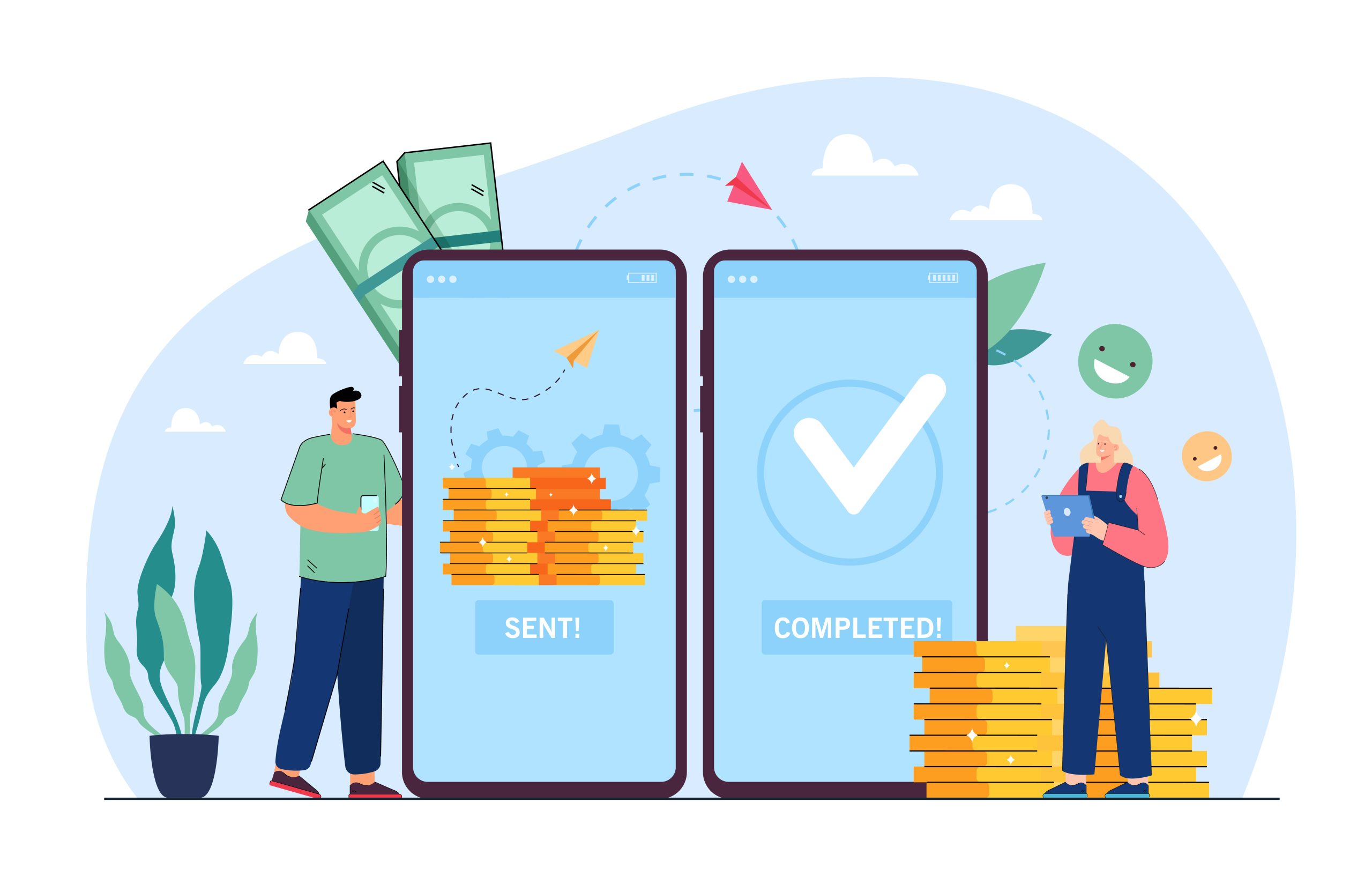How Do Installment Payments Work?

Scheduled payments are a widely adopted financial arrangement that allows individuals to spread the cost of a purchase over a predetermined period. This payment method offers several advantages, making it a popular choice for both the consumers and the businesses. This article delves into the mechanics of installment payments, exploring how they work and why they have become a preferred option for many.
What AreThese Payments?
Installment payments, also known as installment loans or credit, refer to a financial arrangement in which a borrower makes a series of regular payments to repay a debt or purchase a product or service. Unlike lump-sum payments, where the entire amount is due upfront, scheduled payments break down the total cost into smaller, more manageable portions.
Breaking Down the Process
To understand how these payments work, let’s break down the process step by step:
- Initial Agreement:
The scheduled payment process begins with an agreement between the borrower and the lender or seller. This agreement outlines the terms and conditions, including the total amount to be financed, the interest rate (if applicable), the installment frequency (monthly, bi-weekly, etc.), and the duration of the repayment period.
- Determining the Amount:
The total amount to be financed includes the cost of the purchase or loan amount plus any interest or fees associated with the installment plan. This total is divided by the number of installments to determine the amount of each payment.
- Making Payments:
Once the agreement is in place, the borrower starts making regular payments according to the agreed-upon schedule. These payments typically remain consistent throughout the repayment period, making budgeting more manageable.
- Interest and Fees:
In some installment payment arrangements, interest or fees may apply. These additional costs are usually factored into the total amount and spread out over the installments. The borrower may pay more than the original purchase price due to these charges.
- Completion of Payments:
The installment plan continues until all scheduled payments have been made. At this point, the borrower has repaid the entire debt or covered the cost of the purchase, fulfilling their financial obligation.
Why Choose Scheduled Payments?
Scheduled payments have gained popularity for several reasons:
- Budget-Friendly:
One of the primary benefits of these payments is their budget-friendly nature. By breaking down a significant expense into smaller, regular payments, individuals can manage their finances more effectively. This makes it easier to afford high-ticket items or necessary services without straining one’s budget.
- Predictable Payments:
These payments offer predictability. Borrowers know exactly how much they need to pay and when, allowing them to plan their finances accordingly. This predictability is particularly valuable for those on fixed incomes or tight budgets.
- Accessible Financing:
These payments provide access to financing for individuals who may not have the means to pay for a purchase outright. This accessibility widens the scope of possibilities, enabling people to invest in education, healthcare, housing, and other essential needs.
- Improved Credit Scores:
Responsible management of these payments can positively impact an individual’s credit score. Consistently making on-time payments demonstrates financial responsibility and can lead to better creditworthiness, which can be beneficial for future borrowing needs.
- Diverse Options:
These payments are not limited to specific industries or purchases. They are utilized in various sectors, including retail, automotive, healthcare, and education, providing consumers with a wide range of choices when talking about financing their needs.
Considerations Before Opting
While scheduled payments offer many advantages, borrowers should consider a few factors before committing to an installment plan:
- Interest Rates:
Some installment plans come with interest rates, which can increase the overall cost of the purchase. It’s essential to understand the interest rate and calculate how much interest you’ll pay over the life of the installment plan.
- Affordability:
Before entering into an installment agreement, assess your financial situation to ensure that one can comfortably meet the payment obligations. Missing payments can result in penalties and negatively impact your credit score.
- Terms and Conditions:
Read the terms and conditions of the installment agreement carefully. Be aware of any hidden fees, penalties for early repayment, or other clauses that may affect your financial commitment.
- Comparison Shopping:
Consider exploring multiple options for these payments. Different lenders or sellers may offer varying terms, interest rates, and fees. Comparing offers can help you secure the most favorable arrangement.
Conclusion
Scheduled payments are a practical and accessible way for individuals to manage their finances while achieving their goals and needs. By breaking down large expenses into smaller, manageable payments, individuals can enjoy predictability, budget-friendliness, and increased financial flexibility. However, it’s essential to carefully evaluate the terms and conditions of any installment agreement and ensure that it aligns with the financial goals and capabilities. With responsible use, these payments can be a valuable tool in achieving financial objectives and enhancing overall financial well-being.






